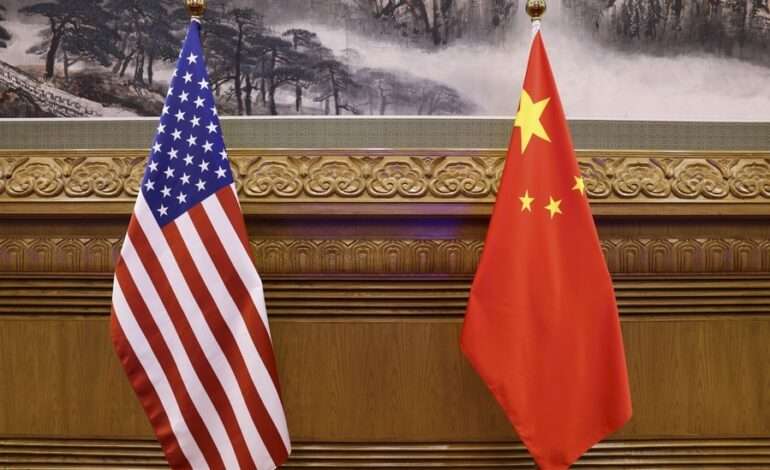
Trade war fears return as US, China impose new tariffs and tech export curbs
Fresh round of tariff hikes and rare earth export controls threatens to derail fragile truce between Washington and Beijing
A new wave of retaliatory trade measures between the United States and China has reignited fears of another trade war between the world’s two largest economies.
The escalation began after Beijing announced tighter export controls on rare earth elements — critical materials used in electric vehicles, defence systems, and renewable energy technologies. In response, US President Donald Trump unveiled an additional 100 per cent tariff on all Chinese imports, raising the total tariff burden to 130 per cent effective November 1, alongside new export restrictions on critical software.
China’s Ministry of Commerce said its export curbs were designed to “safeguard national security,” covering technologies related to rare earth mining, smelting, magnet manufacturing, and recycling. China currently dominates around 90 per cent of global rare earth refining capacity, giving it significant leverage in global supply chains.
Meanwhile, the US Trade Representative’s office will implement new service fees on Chinese-owned and non-US-built vessels starting October 14, a move Beijing called “an abuse of export control measures.”
The renewed tensions have clouded prospects for a planned fifth round of trade negotiations, originally set to coincide with the Asia-Pacific Economic Cooperation (APEC) summit in South Korea later this month, where Trump was expected to meet Chinese President Xi Jinping.
Analysts warn that the tariff escalation could push up prices of electric vehicles, wind turbines, and semiconductors, fueling global inflationary pressures. A report by the Global Trade Research Initiative (GTRI) said the US may turn to India, Vietnam, and Mexico to diversify supply chains.
Economists fear the tit-for-tat measures could spark a stagflationary cycle if more countries join the trade fray.